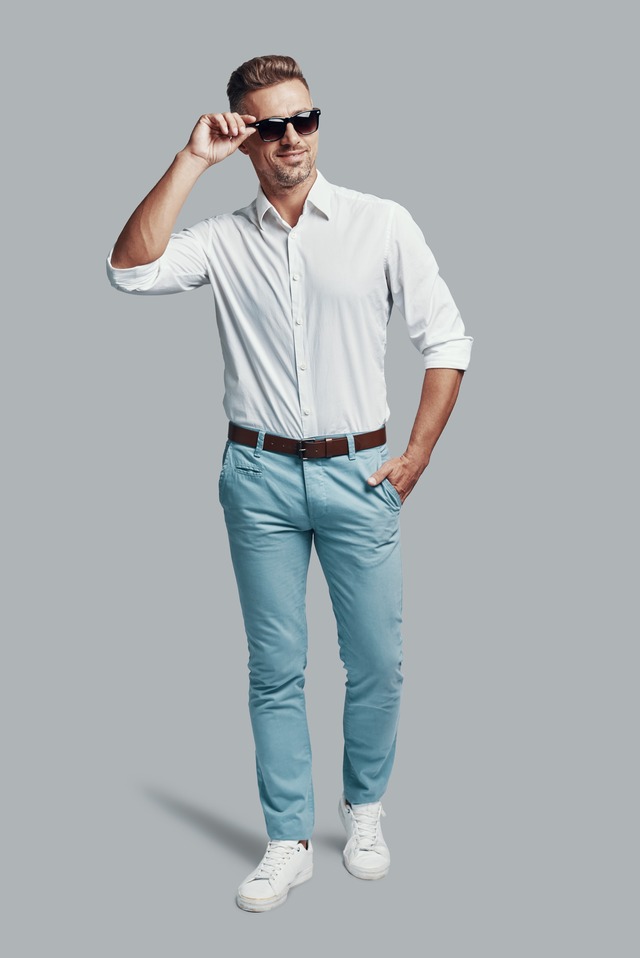If you want to be up to date with the latest fashion trends, you’re going to need a few things. For one, you’ll want to know where to look for information. The internet is a great place to do this, as are magazines and blogs.
Streetwear is a huge inspiration for fashion
Streetwear is an informal style of clothing, primarily worn by young people. It is associated with several street cultures, including hip-hop, skateboarding, and R&B.
The style was influenced by the post-war era, when people abandoned utilitarian and complicated looks for more casual, easy to wear styles. In addition to skateboarding, surf culture and surfers also contributed to the evolution of streetwear.
Many celebrities, such as Beyonce and Kanye West, have launched their own fashion lines. These brands are also taking part in the streetwear movement.

Although streetwear has been around for decades, it has undergone a rapid evolution. Now, the look is primarily aimed at women. Some of the trends now include baggy hoodies and distressed jeans.
In 2010, a new wave of luxury streetwear brands began to emerge. For example, Supreme is a brand that attracts a long queue in front of their stores. Other celebrities, such as Justin Bieber, have launched their own lines.
The hypebeast phenomenon is all about limited-edition items. The scarcity of these pieces has created a thriving secondary market for reselling.
Magazines are a great source of information
Magazines are one of the best sources of information on what is happening in the world of fashion. These publications are often available as print editions, or even on the internet. Typically, they cover a wide range of topics such as fashion, design, and creative process.
When looking for magazines, it’s important to determine the target audience. For example, if your reader is a teenage girl, you may want to choose a magazine that is designed to engage this age group.
A business magazine is another good option. It can provide you with in-depth features, data, and trends.
Travel magazines are a great way to see how people live in other parts of the world. They often include guides, travelogues, and imagery.
Luxury magazines present exceptional experiences and products to their readers. Many high-end publications have celebrity writers and affluent audiences. Examples of these include Le Journal du Luxe, Highsnobiety, and Tatler.
Blogs are a great place to get ideas and inspiration for your following fashion trends
There are many different reasons to write a blog. For businesses, it’s a great way to build relationships with customers, promote their products, and share their expertise. Bloggers can also make money from their wares by publishing Amazon affiliate links.
It’s no secret that fashion blogs are a dime a dozen. In order to be successful, however, you need to focus on the right topics. A good balance of educational and fun content is a must. Some of the best fashion blogs to read are ones that publish regular updates. They’ll also send out email newsletters and announce new products.
Trickle Down Theory illustrates how trends move from high-end outlets to bargain bins
Trickle Down Theory is a theory that describes how fashion trends move from higher to lower classes. It was first mentioned in the 19th century and is now incorporated into Veblen’s theory of conspicuous consumption.
The trickle down theory explains that new consumer products are expensive for the wealthy and gradually become affordable for the lower classes. Often, these products are introduced when a high-class group wants to show off their wealth.
Lower class members are influenced by upper-class members and often imitate their style. This results in the same style appearing on the runways as well as the high street.
Although the trickle down theory is still considered by some as a valid model for fashion distribution, it has been reinterpreted by other researchers. The earliest example of this is the work of Rudolf von Jhering. He wrote in the 19th century that products are losing value the moment they are adopted by everyone.
Another reinterpretation of the theory came from Huun and Kaiser, who explained basic elements of imitation and differentiation. They also noted that fashions from different ethnic groups were not accurately accounted for by traditional explanations of class.